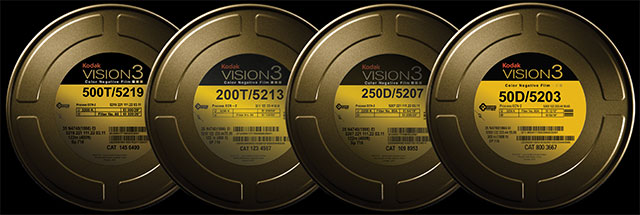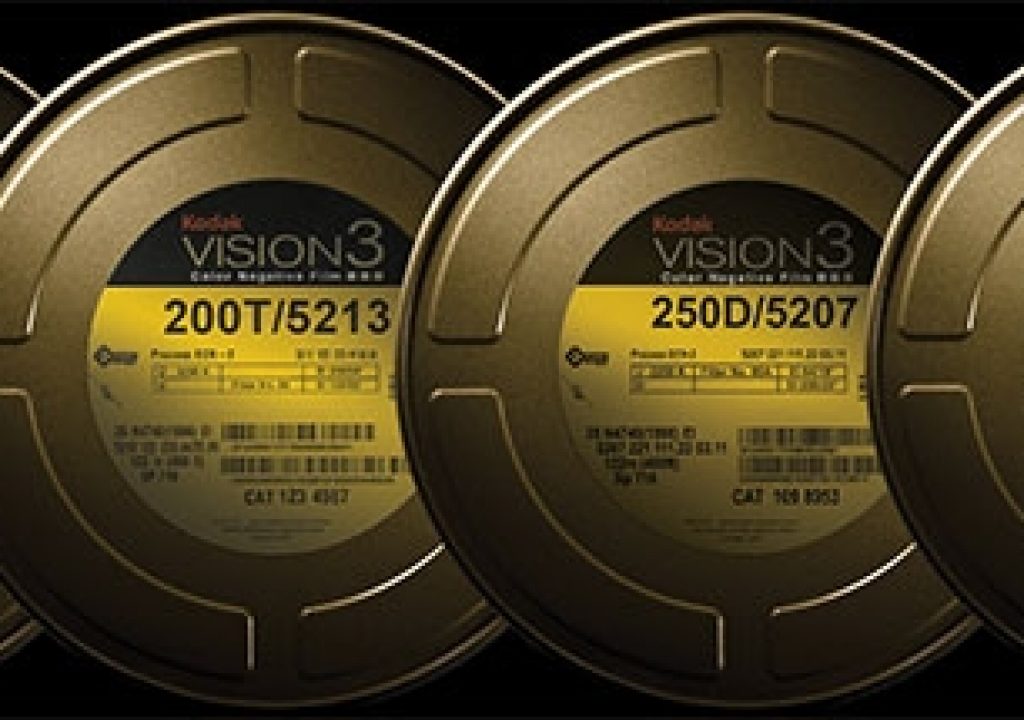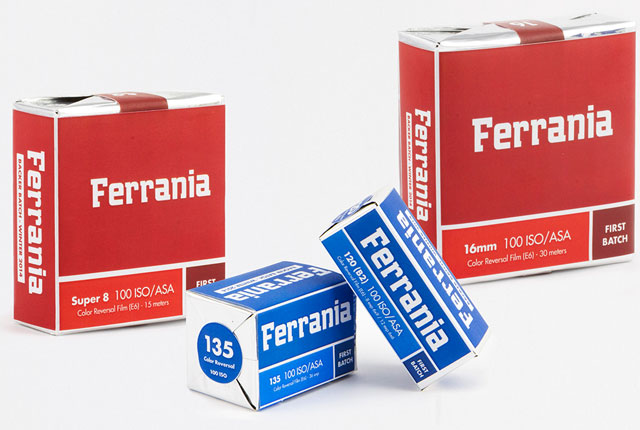
The news, today, that Kodak finalized motion picture film agreements with major Hollywood studios is a new step in the story of film not being dead yet. We recently published here the story of Ferrania Film coming back, and now it is time to confirm that Kodak will be a name present in future movie and television productions.
The agreement now signed guarantees Kodak a new lease of life in the motion picture film department, as the company will continue to provide motion picture film to 20th Century Fox, Walt Disney Co., Warner Bros. Entertainment Inc., NBC Universal Inc., Paramount Pictures Corp. and Sony Pictures for their movie and television productions.
“Film has long been – and will remain – a vital part of our culture,” said Jeff Clarke, Kodak chief executive officer. “With the support of the studios, we will continue to provide motion picture film, with its unparalleled richness and unique textures, to enable filmmakers to tell their stories and demonstrate their art.”
Kodak has been engaged in broad discussions with prominent filmmakers, studios, independent artists, production companies, and film processors to enable film to remain a fundamental medium. Last July, the studios made known their intent to play a key role in leading this industry-wide effort.
Prior to the agreements being finalized, several highly acclaimed films were produced on film, including Oscar nominees Boyhood, The Grand Budapest Hotel, The Imitation Game, Interstellar, Foxcatcher, Into the Woods, Leviathan, Inherent Vice and The Judge. Additionally, some of the most-anticipated films of 2015 are being shot on Kodak film, such as Star Wars: Episode VII –The Force Awakens, Mission: Impossible 5, Batman v. Superman – Dawn of Justice, Jurassic World, Ant-Man, Cinderella, Entourage, and Trainwreck.
The agreements announced today make it possible for Kodak to continue to manufacture motion picture film while also pursuing new opportunities to leverage film production technologies in growth applications, such as touchscreens for smartphones and tablet computers. This also positions the company to remain the premier supplier of camera negative, intermediate stock for post production, and archival and print film.
“With the support of the major studios, the creative community can continue to confidently choose film for their projects,” said Andrew Evenski, Kodak’s President of Entertainment & Commercial Films. “We’ve been asking filmmakers, what makes a project ‘FilmWorthy.’ Their responses have varied from the need for its exceptional depth to its distinctive grain, but overwhelmingly, the answer is ‘the story.’ They need film to tell their stories the way they envision them, and hold a strong desire for it to remain a critical part of their visual language. Enabling artists to use film will help them to create the moments that make cinema history. The agreements announced today are a powerful testament to the power of film and the creative vision of the artists telling them.”
Kodak and now Ferrania Film are the two names to look for, when it comes to motion picture film. Fujifilm left the scene in 2012, allegedly because it was no longer possible to maintain profitability due to the rapid digitalization of the cinema industry. When Fujifilm decided to leave, it left behind a career of some 80 years making film for movie cameras.
At times like this people tend to forget the eternal discussion “film versus digital”, and everybody feels a bit nostalgic. Maybe it would be a good idea to keep that tone, and accept how great it is that we still can choose between mediums. The changes of medium have not changed the essential of it: movies are for telling stories. Even their production makes stories. Like those around the fact that the next Star Wars Episode VII is shot on film, because J.J. Abrams says “there is something about film that is undeniably beautiful, undeniably organic and natural and real”. It will still be a great moment from a series that started on film, went digital and now returns to its roots.
Cherishing what we have now may be the best way to go forward. Because names like Agfa-Gevaert, Ilford, which until 2003, produced motion picture versions of their photographic films for 16mm and 35mm cameras, or Fujifilm that quit in the Spring of 2013, to mention just some of the names once associated with motion picture film, are not coming back to the stage.

Filmtools
Filmmakers go-to destination for pre-production, production & post production equipment!
Shop Now














